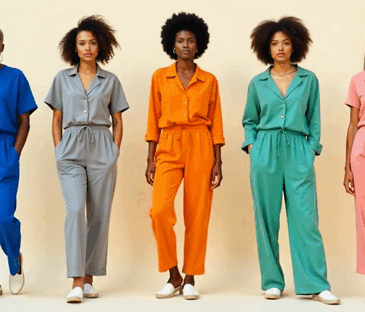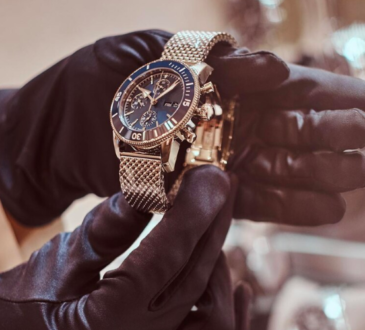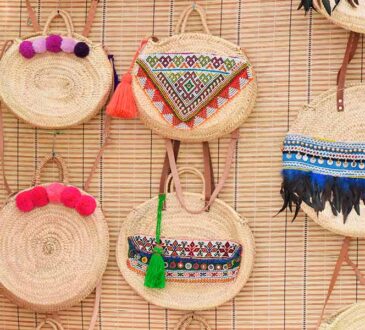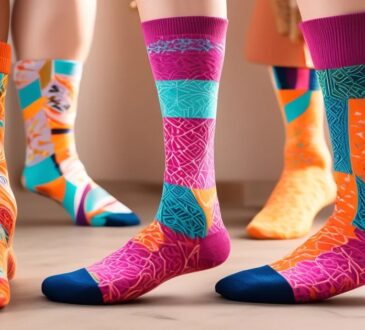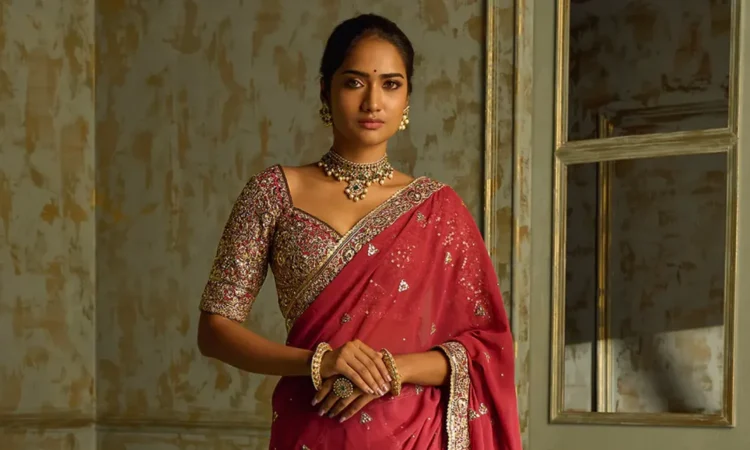
There’s something special about a Bengali saree. The way it drapes, the stories behind it, the work that goes into every thread—it’s more than just an outfit; it’s a tradition you can feel. Whether it’s a light Bengal cotton saree that’s all about understated style or a Bengal silk saree that brings this regal vibe, each one carries a piece of history.
If you’ve ever touched a handwoven Bengali saree, you know it’s not just fabric—it’s got character. But have you ever wondered what makes these sarees so special? Let’s journey into the heart of Bengal’s weaving heritage and uncover the artistry behind these ethereal sarees.
A Legacy Woven by Hand
Bengali sarees come from a long line of skill and patience. In villages across West Bengal—like Shantipur, Phulia, and Dhaniakhali—artisans have been perfecting their craft for generations. These aren’t mass-produced pieces churned out by machines. Every saree for women is handwoven on a loom, a process that can take days or even weeks, depending on the design.
The weavers, often working from small homes or workshops, pour their expertise into each thread, keeping techniques alive that go back hundreds of years.
Behind every Bengali saree is an artisan’s devotion, weaving history into every thread. The process starts with selecting fine cotton or silk yarns, dyed in rich, natural hues. On handlooms, weavers meticulously craft intricate patterns—floral, geometric, or mythological—using age-old techniques passed down for generations.
Some sarees take weeks to complete, with added embellishments like Zari work or hand embroidery. The result is more than fabric; it’s a masterpiece of heritage, artistry, and culture, meant to be cherished for generations.
Patterns That Tell Stories
What really sets Bengali sarees apart is the way they weave stories into the fabric. Take the Baluchari sarees, for example. These silk beauties often feature intricate scenes from mythology—think Krishna and Radha or episodes from the Ramayana—worked into the borders with coloured threads. It’s like wearing a piece of art. The designs aren’t just pretty; they’re a nod to Bengal’s rich culture and storytelling tradition.
Then there’s Kantha sarees, where the saree becomes a canvas for embroidery. Simple running stitches turn plain cotton or silk into something unique, with motifs like flowers, birds, or paisleys. What’s cool about Kantha is its roots—it started as a way to repurpose old fabric, layering and stitching it into something new. Today, it’s a celebrated style, but that practical, creative spirit still shines through.
Even the simpler tant sarees have their charm. With their subtle stripes, checks, or small woven motifs, they’re understated but elegant. The beauty’s in the details—the crisp edges, the slight texture you feel when you run your hand over them.
A Whisper of Comfort and Tradition
Imagine a soft, feather-light saree embracing you on a sweltering summer afternoon. That’s the charm of Bengal cotton sarees. These sarees have been beloved by Bengali women for centuries, perfect for daily wear yet elegant enough for special occasions.
The hallmark of Bengal cotton saree is their fine weave and exquisite thread work. Some of the most famous varieties include:
- Dhakai Jamdani – A UNESCO-recognized craft, Jamdani sarees are woven in intricate patterns that almost seem to float on the fabric. The time-intensive weaving process makes each piece a true work of art.
- Handwoven Muslin – Bengal’s legendary muslin, once prized by Mughal emperors, is a symbol of heritage and exclusivity. Although rare today, some weavers continue the tradition of weaving this ultra-fine cotton fabric.
Bengal Silk Sarees: A Regal Affair
Where Bengal cotton sarees evoke a sense of everyday grace, a Bengal silk saree embodies grandeur. The lustrous sheen, detailed Zari work, and intricate weaving make them ideal for celebrations, weddings, and festive occasions.
Few of the most treasured silk sarees from Bengal include:
- Murshidabad Silk – A smooth, lightweight silk saree known for its vibrant hand-painted and block-printed designs. These sarees carry a modern aesthetic while maintaining their deep-rooted traditional essence.
- Garad and Korial Sarees – Symbolic of purity and festivity, these white silk sarees with red borders are an essential part of Bengali traditions. They are often worn during Durga Puja and other religious ceremonies.
A Legacy Woven in Threads
Bengali sarees are more than just garments; they are woven narratives of tradition, passed down through generations. From a young girl’s first drape during gaye holud to a grandmother’s treasured Baluchari, each saree marks a milestone, carrying stories within its threads. During Durga Puja, the sight of women in white-and-red Garad sarees is iconic, just as Bengal silk sarees remain a staple in wedding trousseaus, symbolizing prosperity and grace.
Sadly, this art isn’t as easy to sustain as it once was. Machine-made fabrics are cheaper and faster, and younger generations sometimes drift away from the trade. But there’s hope. Artisans, designers, and even everyday buyers are stepping up to keep Bengali sarees alive.
So, next time you drape a Bengali saree over your shoulder, take a second to think about what’s behind it. The hands that wove it, the traditions that shaped it, the little details that make it yours.

